Non-Urban Stream Restoration
Purpose/Function:
Like urban stream restoration, this practice is meant to rehabilitate degraded streams to improve habitat, reduce erosion and restore function to a vital resource.
Initiation protocol:
Understanding the sequential steps of planning, designing, funding, constructing and monitoring restoration projects is critical to venturing into the process and achieving restoration success. Contact the local Soil Conservation District or University of Maryland Extension for assistance.
Public acceptance:
Improved health may be indicated by expanded habitat for diverse species (e.g. fish, aquatic insects, other wildlife) and reduced stream bank erosion. Enhancements may also include improved water quality (i.e. reduction of pollution levels and increase of dissolved oxygen levels) and achieving a self-sustaining state that does not require periodic human intervention, such as dredging or construction of flood control structures. Stream restoration projects can also yield increased property values in many cases.
Implementation Factors (level of difficulty):
Difficult. Getting from concept to completion of a restoration project can be daunting and includes working with state and federal offices to obtain required permits.
Funding Sources / Options:
Because of the sheer scale of stream restoration projects, several sources of funding are often required to achieve desired financial needs. Design funding can come from National Fish and Wildlife Foundation, Chesapeake Bay Trust, Trout Unlimited and The Nature Conservancy. Implementation funding is available from the Chesapeake and Atlantic Coastal Bays Trust Fund and Clean Water State Revolving Loan Fund, administered by the Maryland Department of Natural Resources and the Maryland Department of the Environment.
Costs:
| Cost Estimates | EPA | MDA | Average |
| Initial | $85 | $100.33 | $92.67 |
| Annual | $8 | $- | $4 |
| Lifespan (yrs) | 20 | 15 | 20 |
| Annualized | $12.25 | $6.69 | $9.47 |
Load Reduction Efficiency:
Average Total Nitrogen removed per linear foot of practice per year = 0.02 lbs.
Cost per pound removed = between $314 and $366
Average Total Phosphorous removed per linear foot of practice per year = 0.0 lbs.
Cost per pound removed = between $2,675 and $3,040
Average Total Suspended Solids removed per linear foot of practice per year = 2.0 lbs.
Cost per pound removed = $3.33 and $3.45
Operation & Maintenance:
Regular inspections and maintenance of stream restoration projects are critical to ensure their benefits in preventing sediment and nutrient pollution are maintained and extended over time, as well as to maintain other local design objectives (e.g. habitat improvement, channel stability and landscape amenity).
Climate Change Considerations:
Increased flash flood risks created by climate change are fueling concern over the vulnerability of restored streams to flooding.
Planning Questions to Consider:
Stream restoration requires expertise in several disciplines and specialized skills. The leader or project manager is responsible for organizing and bringing together various project partners, agency technical staff, non-governmental and other parties interested in or concerned with a potential project. Such partnerships can create effective avenues for addressing multi-faceted restoration projects with a complex set of issues.
Helpful Links:
- https://www.nrcs.usda.gov/wps/portal/nrcs/main/national/water/manage/restoration/
- https://pubs.usgs.gov/sir/2011/5098/
- https://www.montgomerycountymd.gov/DEP/Resources/Files/downloads/water/advisory-group/3_13_Stranko_montgomery_county_meeting.pdf
- https://www.youtube.com/watch?v=CsayzeejVzY
- https://www.youtube.com/watch?v=FozJjtAP3XE
Related Best Management Practices
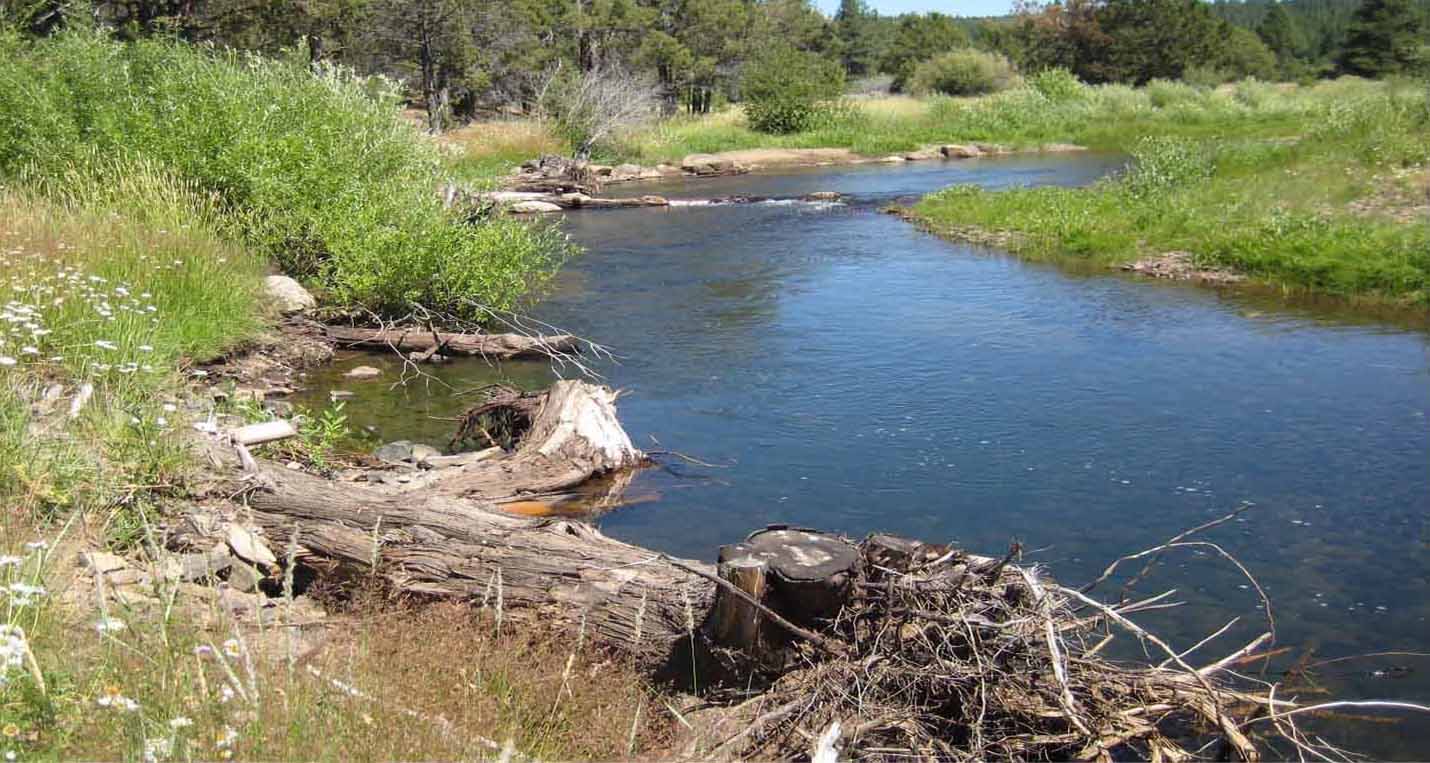
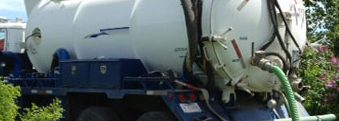


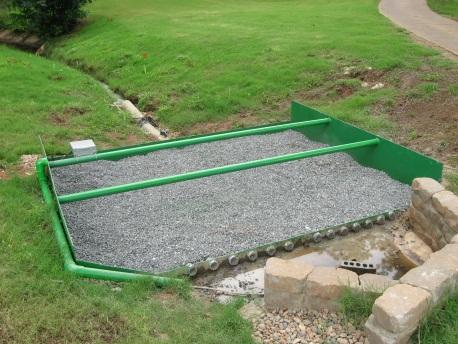
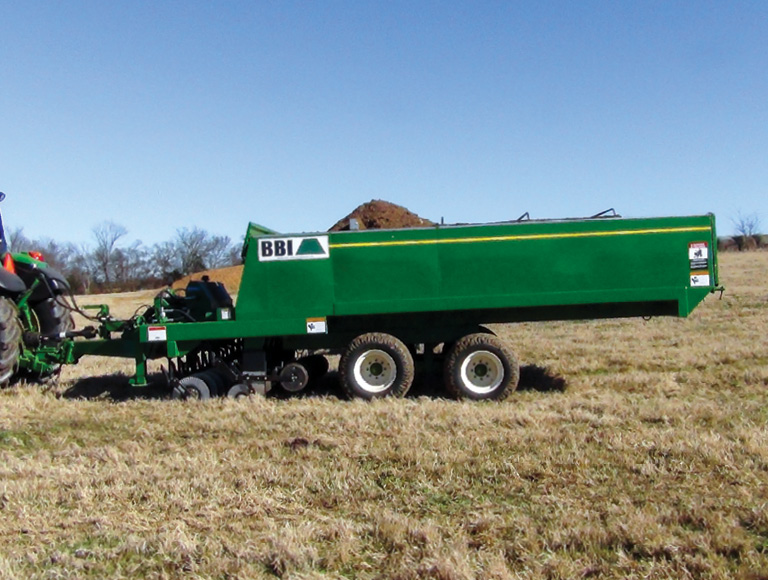
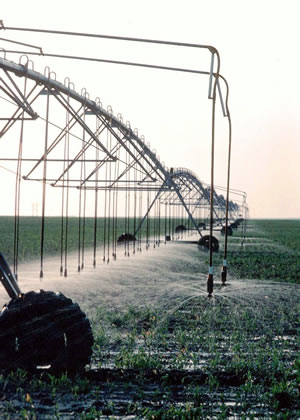
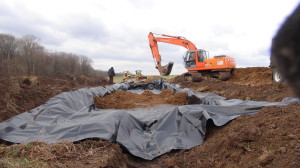
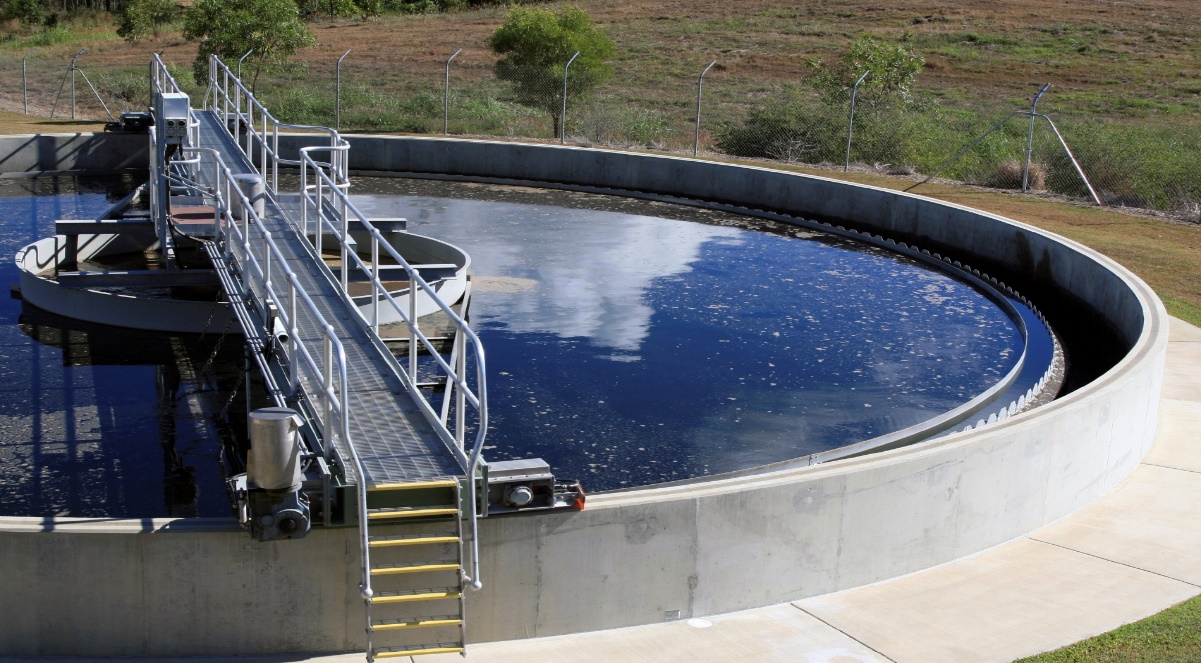


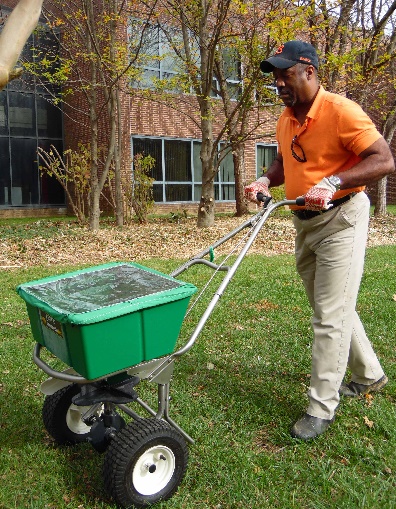

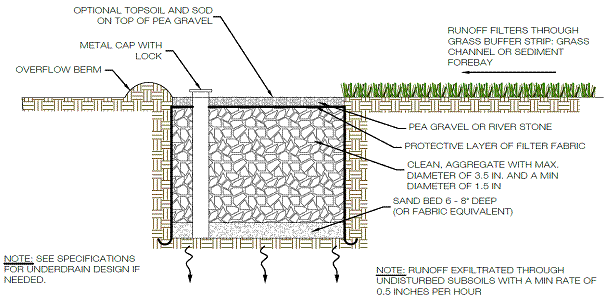
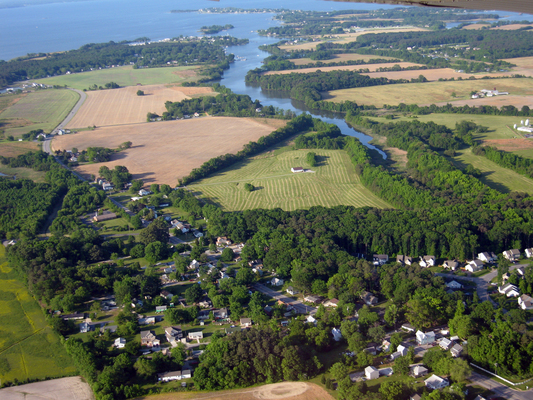
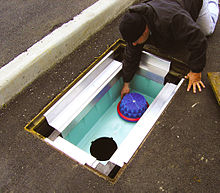
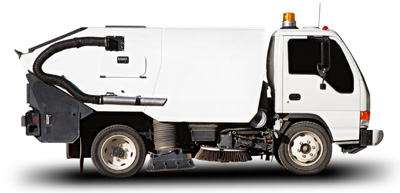
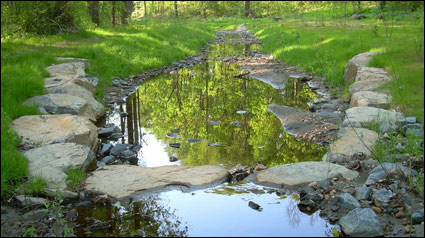
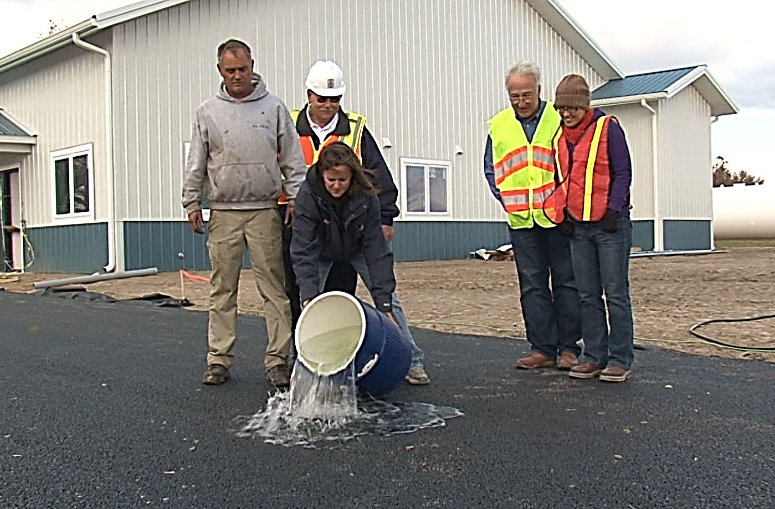
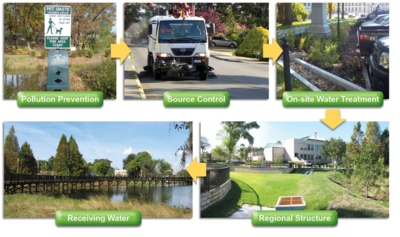
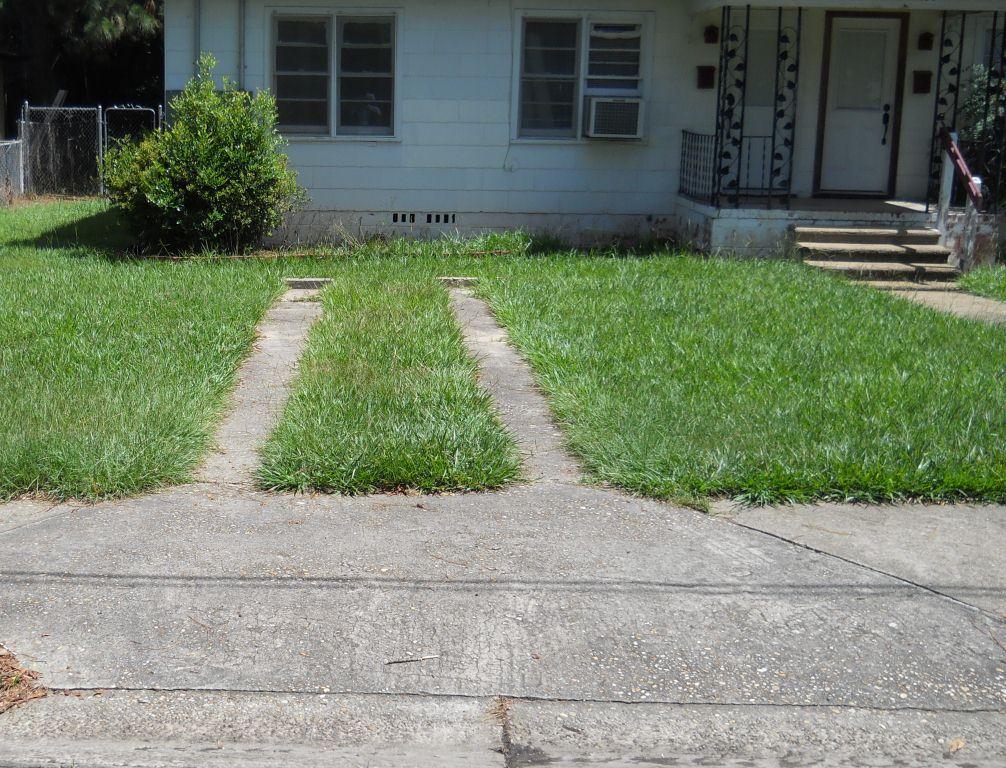
Feedback on This Best Practice